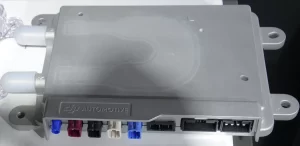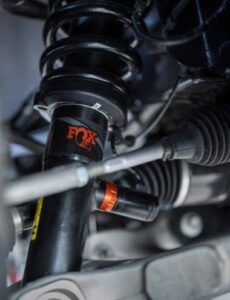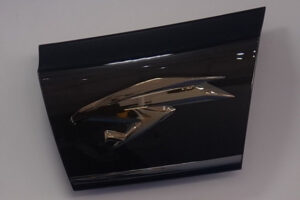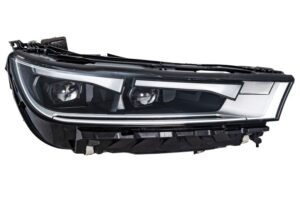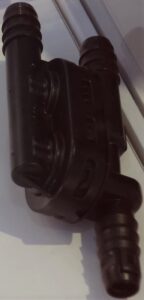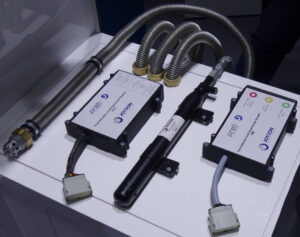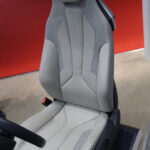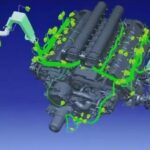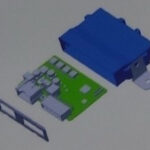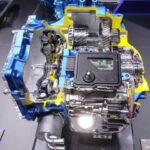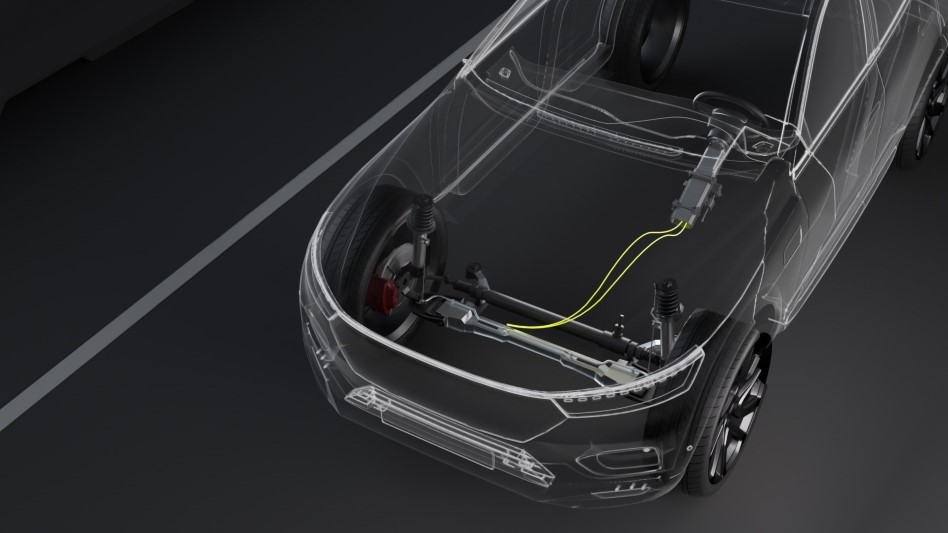
HELLA is pressing ahead with the development of a series production-ready steer-by-wire system solution together with other partners. With this technology, steering commands are transmitted fully electrically without the assistance of mechanical or hydraulic components. This kind of steer-by-wire system could be in use from 2026. It will initially be made ready for series production together with the Lotus Tech Innovation Centre (LTIC), which is the research and development centre of the automobile manufacturer Geely. Subsequently, it is planned that the system be rolled out to other customers inside and outside the Geely Group.
Since on the one hand steer-by-wire steering systems dispense with mechanical or hydraulic components, notably the steering rod, the settings of the steering system can be adapted to the customer or situation. For example, the software that controls the steering system can be used to switch flexibly between comfort and sport modes, and the steering angle range, steering assistance and active power feedback can be adapted to the requirements of the particular driving situation. There is also no longer a rigid relationship between steering movement and wheel behaviour, which means the required steering wheel lock angle can be reduced, especially at low speeds.
On the other hand, as the hardware components have been eliminated, there is now a whole new range of design options for the interior. With all-electric steering systems, the steering wheel in particular can be completely stowed away in the dashboard, for example. This is an essential basic requirement for more advanced levels of automated driving, where the driver can relinquish control of the vehicle and, for example, relax or turn to other activities. The space freed up could also be used for larger dashboards or head-up displays.
The steer-by-wire system is being developed in a network which, in addition to HELLA as a major subsystem supplier and LTIC as the launch customer, consists of other partners. In this context, HELLA contributes two central components: the sensors and the control electronics: The Hand Wheel Actuator therefore detects the respective steering movement and passes this on to the Road Wheel Actuator via the electronics, which in turn adjusts the wheels accordingly. In addition, because both components communicate continuously, information can be fed back, when the vehicle comes into contact with kerbs for example.

